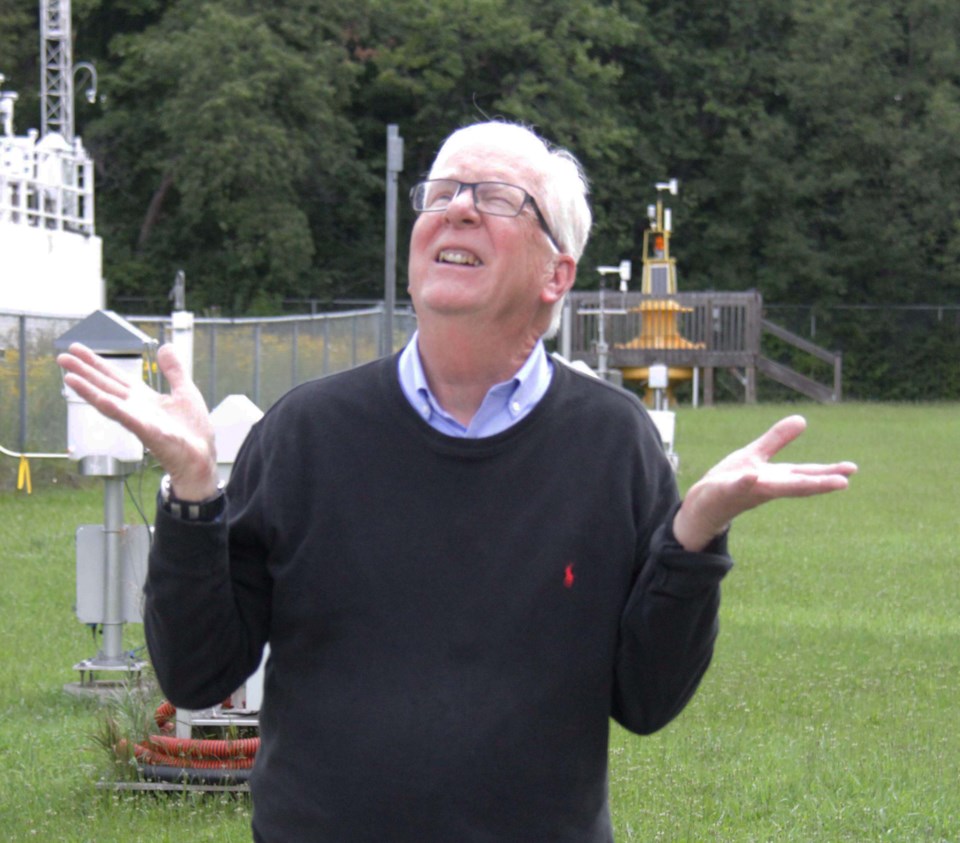For British Columbia’s men and women who grow our food and raise livestock, this is often the most worrisome time of the year. But while farmers and ranchers are the epitome of resiliency and toughness, they are simply no match for mother nature.
“The water levels are down, the snowpack was down, the water storage levels are down,” laments Kevin Boon, general manager of the Kamloops-based B.C. Cattlemen’s Association.
Boon is already hearing widespread concerns about another potential drought this summer. While this past winter produced far more snow than usual in the normally mild Vancouver and Victoria regions, the traditional mountains of white were little more than small drifts in most other areas.
“Only about 75% of normal,” notes Dave Phillips, Environment Canada’s senior climatologist.
Given the lack of moisture so far this spring, Phillips isn’t surprised B.C.’s ranchers and farmers are fearing the worst.
“The weather we’re getting now or not getting now will determine things later on, especially for farmers,” cautions Phillips, “definitely, people aren’t imagining it.”
Phillips cites weather statistics for March and April in Kamloops and Kelowna, which both only received about half the normal amount of precipitation. Arguably Canada’s best-known weather forecaster, Phillips emphasizes that dramatic swings are the new normal for weather, describing the mix of floods and wildfires in 2017 and 2018 as “biblical” in scope, while this year has been the exact opposite in much of the province.
“Absolutely there is concern,” says Boon, citing Canadian and American long-term forecasting models that currently predict a warmer and dryer summer ahead.
“At the end of the day, if the rain doesn’t come and grass doesn’t grow, the only option for a lot of these guys will be to sell some cattle off,” says Boon, who recommends that ranchers prepare for the worst:
“Depending on the operations, those that have irrigation should be okay for the short term where they’ll be able to get a hay crop…but the guys who will need to buy feed are going to be working real hard right now to line up that winter hay supply.”
The B.C. River Forecasting Centre is also concerned about the prospect of summer drought conditions. As of last week, the average of all mountain snowpacks in B.C. was just 79 per cent of normal. The northwest, Vancouver Island, Nicola and Similkameen regions have snowpacks below 60 per cent of normal, while the Skagit region along the U.S. border between Hope and Princeton is showing a snowpack at a meagre 15 per cent of normal.
No region in B.C. has a snow level above normal.
However, as any farmer or rancher will tell you, we’ve rarely declared a drought in May. But Phillips says the determining factor is “getting close,” and cites the so-called “June gloom” of overcast skies, cool temperatures and rainy late spring/early summer weather.
“I wouldn’t bet the family farm or the fishing fleet on it, but as it stands now, the extended forecast models do expect warmer and drier conditions between June and September in the B.C. Interior,” says Phillips.
“If we get substantial precipitation over the next month, don’t curse it, bless it!”
In the meantime for B.C.’s ranchers, it’s business as usual. They know all too well to keep their eyes on the skies. But it’s the life they love, despite facing constant challenges which they have little to no control over. Or in the words of Boon:
“Part of farming and ranching is being somewhat magician, somewhat forecaster, and a whole hell of a lot of hoping in between.”
As always, I welcome your comments and criticism on Twitter @kammornanchor and email: [email protected].
Bob Price is a veteran B.C. broadcaster who anchored the morning news on CHNL radio in Kamloops for the past 30 years. Bob is also a past Webster Award winner whose previous stops included Vancouver and Calgary.



